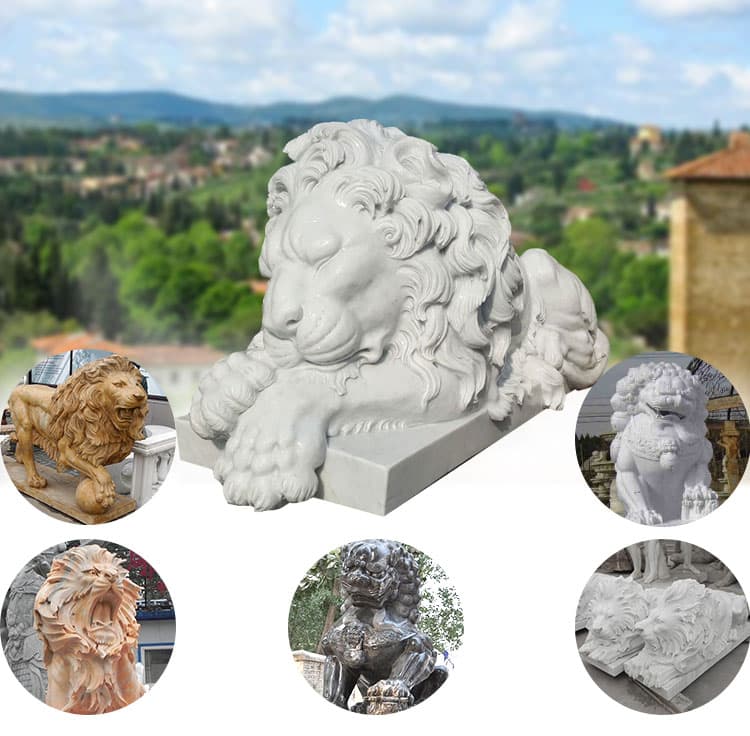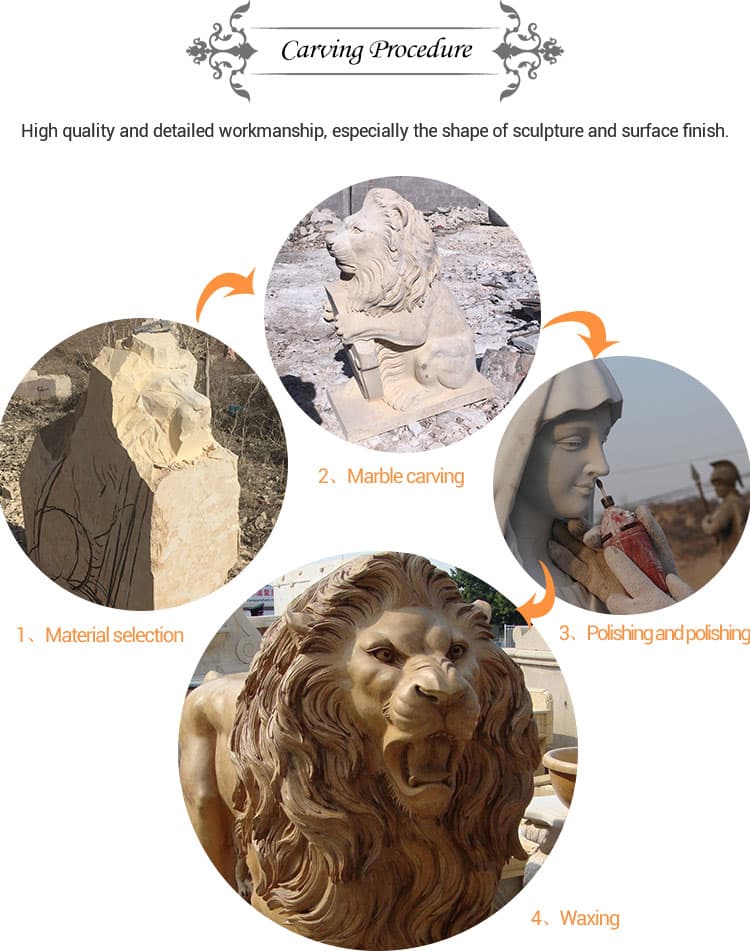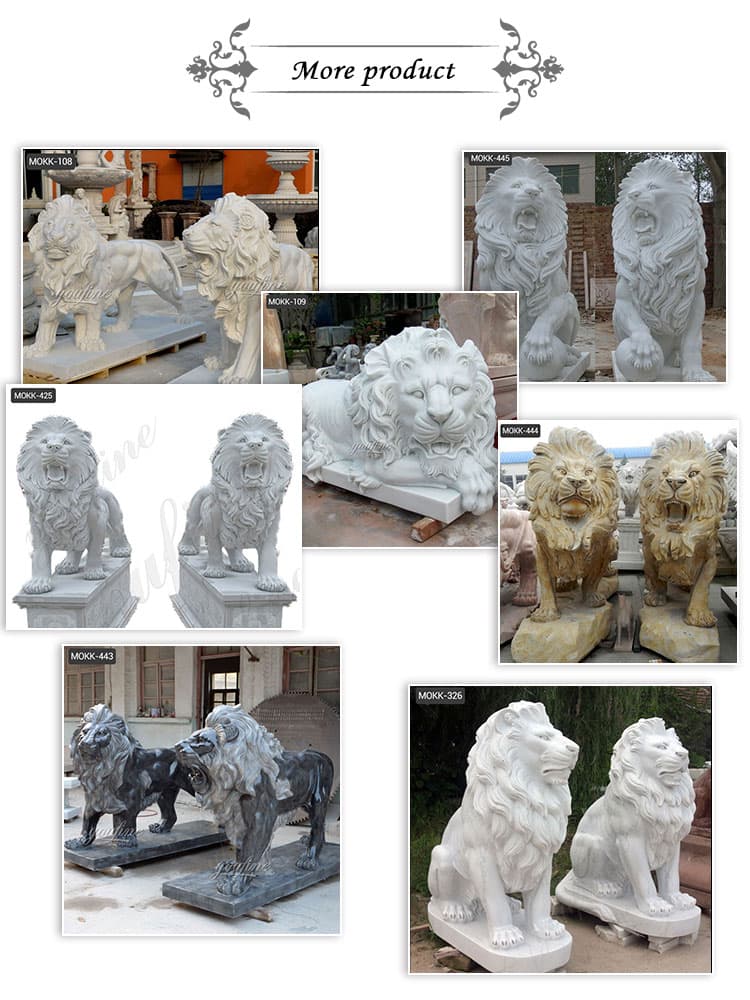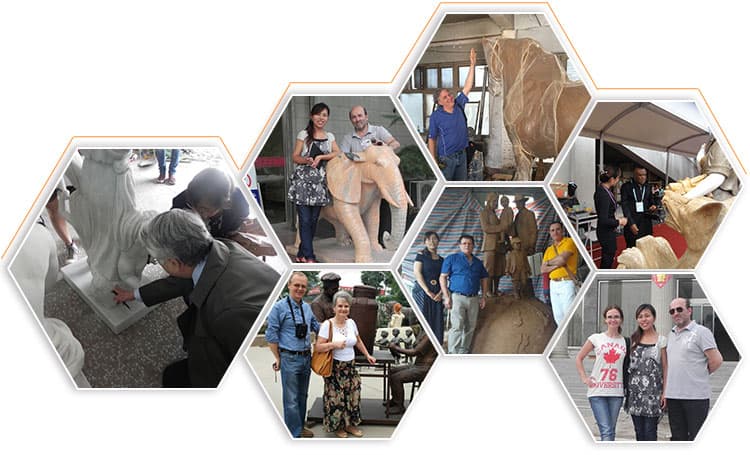ancient winged lion statue for guardian
.jpg)
Colossal statue of a winged lion from the North-West Palace ...
Nimrud (ancient Kalhu), northern Iraq Neo-Assyrian, about 883-859 BC Protection for the royal palace from the forces of chaos This is one of a pair of guardian figures that flanked one of the entrances into the throne room of Ashurnasirpal II (883-859 BC).
.jpg)
The Mythical Lamassu: Impressive ... - ancient-origins.net
The winged beasts from Nimrud in Iraq (the ancient city of Kalhu) also became very famous when Lamassu there were damaged in 2015. Other statues of the mythical beasts belong to cities like ancient Dur Sharrukin (current Khorsabad, Iraq).
.jpg)
Colossal Guardian Lion from Nimrud (Illustration) - Ancient ...
The cuneiform inscriptions on the statue mention the name of Ashurnasirpal II as the temple's builder. This lion was one of a pair of lions which were found by Sir Henry Layard in 1850 CE; excavated by Iraqi archeologists in the year 2001 CE. From Nimrud (ancient Kalhu), Mesopotamia, Iraq. 865-860 BCE. (The British Museum, London).
.jpg)
Chinese guardian lions - Wikipedia
History. Asiatic lions were once quite common throughout their historic range in Southwest, South and Central Asia and are believed to be the ones depicted by the guardian lions in Chinese culture. In India, where the Asiatic lion also lived, it is known by its ancient Sanskrit name "Sinh" or "Simha"...
.jpg)
winged statue | eBay
the guardian sabbatic winged goat gargoyle statue figurine resin 6.5"h by summit see more like this Stone Winged Dragon Skull Statue Ferocious Legendary Creature 12" Height Fantasy Brand New
.jpg)
Amazon.com: winged lion - Statues / Sculptures: Home & Kitchen
Resin Statues Lion Of Saint Mark Winged Lion Holding Open Bible Bronze Finish Statue 10 Inch 10 X 7 X 5.5 Inches Bronze ... 8" Egyptian Winged Isis Sculpture Ancient ...
.jpg)
Amazon.com: winged lion statue
This Winged Lion Gargoyle sculpture stands at 7" tall, 6.75" long and 6 ... Ebros Ancient Egyptian Pyramid Tomb Guardian Sphinx Statue 9.25"L Classical Androsphinx Winged Lion Decorative Statue by Ebros Gift
.jpg)
What is the significance of the Winged Lion as a motif in ...
Winged lion Icon is the most prevalent icon in per-Islamic Iran art, especially during the Elam and Archaemid dynasty. This icon is frequently used on different artifacts such as Reliefs, Metallic artifacts, etc. However there are a lot of archeologists who find similar icons in...
.jpg)
Lamassu - Wikipedia
In art, lamassu were depicted as hybrids, with bodies of either winged bulls or lions and heads of human males. The motif of a winged animal with a human head is common to the Near East, first recorded in Ebla around 3000 BCE. The first distinct lamassu motif appeared in Assyria during the reign of Tiglath-Pileser II as a symbol of power.
.jpg)
Human-headed winged lion (lamassu) | Work of Art | Heilbrunn ...
Among such stone beasts is the human-headed, winged lion pictured here. The horned cap attests to its divinity, and the belt signifies its power. The sculptor gave these guardian figures five legs so that they appear to be standing firmly when viewed from the front but striding forward when seen from the side.





You Fine has been engaged in Mable Sculpture for more than 30years. There were many customers from all over the world come to our factory to have a visit. Our clients are very satisfied with our quality and craftsmanship. If you haven’t find a reliable supplier, why not choose us? You are very welcome to visit our factory and we will not let you down.






Looking for garden sculpture?
Tell us what you need by filling in the form